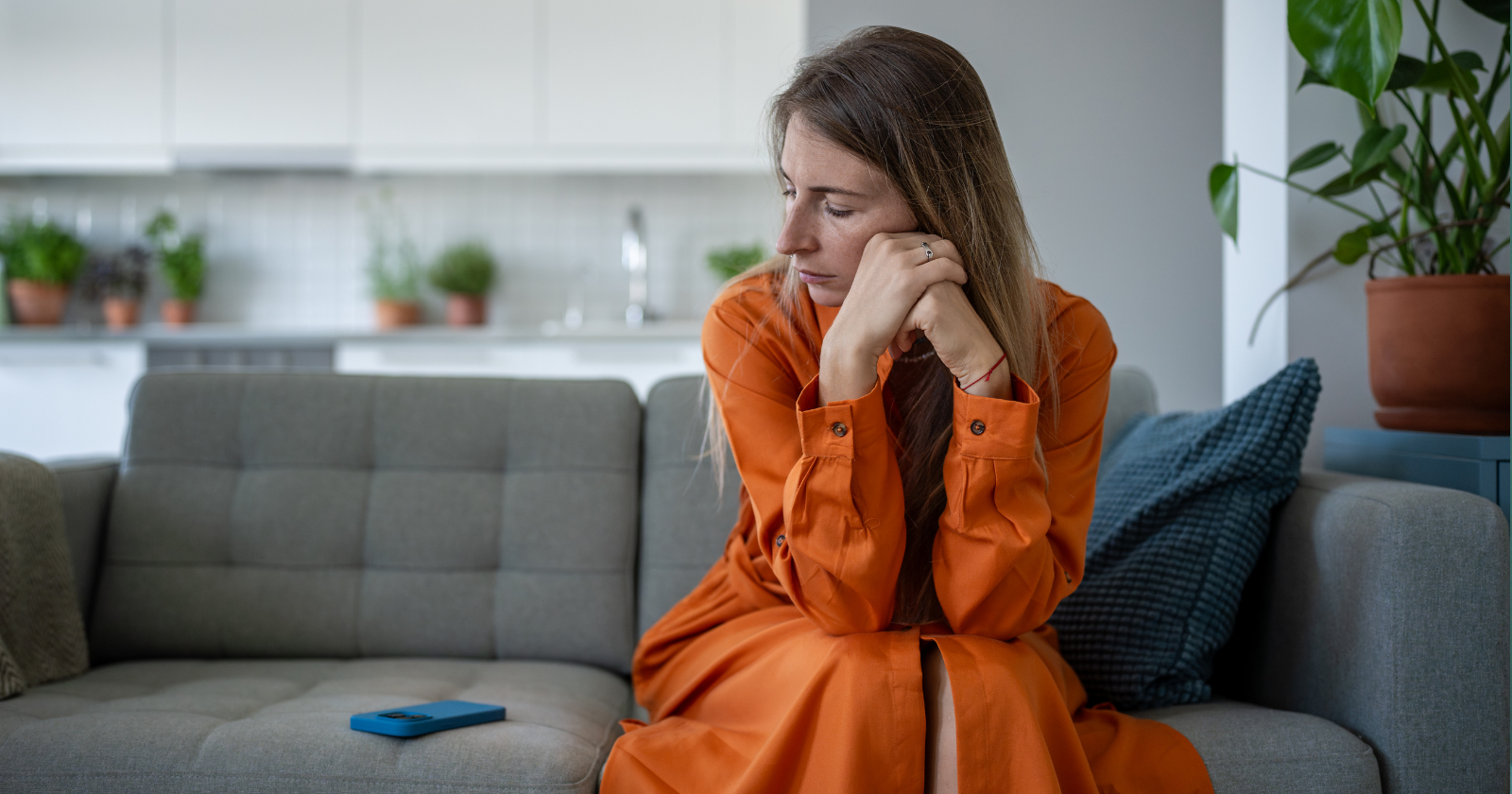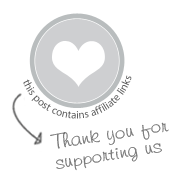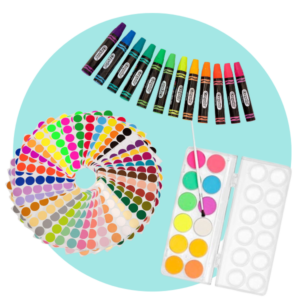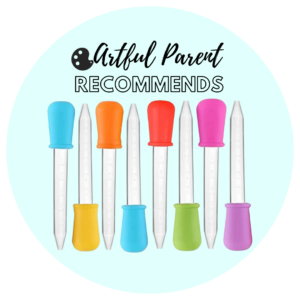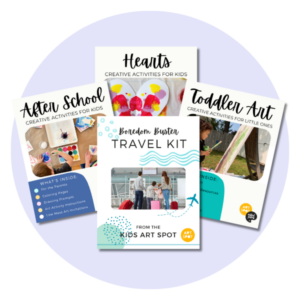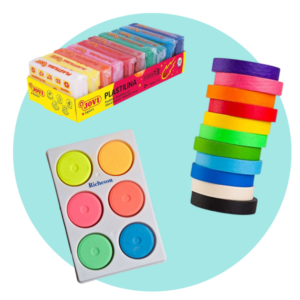I was scrolling through old photos on my phone the other day — you know, the ones that pop up as “memories”— and I stumbled across a picture from five years ago. There I was at a crowded birthday party, surrounded by people I used to see every weekend.
And I realized that I couldn’t remember the last time I’d spoken to half of them.
It wasn’t dramatic. No falling out, no big argument. Just… distance. The kind that creeps in slowly until one day you realize the people you once couldn’t imagine life without have become strangers who occasionally like your Instagram posts.
If you’ve felt this too — that quiet, sometimes uncomfortable realization that you’ve drifted from people who used to matter — you’re not alone. And while it’s easy to blame busy schedules or life changes, there are often deeper patterns at play.
Here are seven shared behaviors I’ve noticed in people (myself included) who tend to grow apart from family and friends.
1) Outgrowing old dynamics without addressing them
When Ellie was born, I started making different choices, like co-sleeping, extended breastfeeding, and saying no to things that didn’t align with our values. Some friends didn’t get it. A few family members thought I’d gone “full hippie.”
Instead of talking about it, I just… pulled back.
Here’s the thing: people change. You evolve, your priorities shift, and sometimes the dynamics that worked before just don’t anymore. But when you outgrow relationships without ever addressing the disconnect, distance becomes inevitable.
Maybe you stopped relating to the constant complaining in your group chat. Maybe family gatherings started feeling more draining than nourishing. Instead of speaking up or setting boundaries, you quietly fade out.
It’s easier in the moment. But it also means no one gets the chance to meet the person you’re becoming.
2) Prioritizing growth over comfort
There’s a quote I think about often from Rudá Iandê’s book “Laughing in the Face of Chaos“—he writes that “like a tree growing from a seed, we are not meant to be static replicas of our progenitors, but dynamic expressions of the life force that flows through us.”
Related Stories from The Artful Parent
That really landed for me.
Because the truth is, growth is uncomfortable. And sometimes the people around us prefer the version of us they already know.
When I left teaching to freelance write from home, some friends didn’t understand why I’d give up “stability.” When Matt and I decided to keep our kids’ lives low-screen and nature-focused, we got eye rolls at playdates.
Choosing your own path, especially when it looks different from what’s expected, can create distance. Not because anyone’s wrong, but because you’re no longer fitting into the familiar box.
And while it’s lonely sometimes, staying small to keep others comfortable is lonelier.
3) Struggling to ask for help or show vulnerability
I used to think I had to have everything figured out before I could show up. That asking for help meant I was failing somehow.
- You can tell a person’s lived through hard times if they show these 7 gestures of patience - Global English Editing
- I compared the habits of struggling boomers vs. successful ones – these 7 differences explained everything - Global English Editing
- You know you were raised with “scarcity mindset” when these 8 normal activities make you anxious - Global English Editing
So when I was drowning in postpartum anxiety after Milo was born, I didn’t tell anyone outside of Matt. I smiled through playdates, declined invitations because I was “busy,” and kept everyone at arm’s length.
Distance wasn’t something that happened to me. I have to admit that I created it.
When you can’t let people see you struggling, relationships stay surface-level. And surface-level connections don’t sustain themselves when life gets complicated.
It’s something I’m still working on. Learning that being real is actually what deepens connection, not what breaks it.
4) Letting resentment build instead of addressing conflict
Ever notice how some friendships just quietly fade after one awkward moment that never gets talked about?
I have a former teaching colleague who I was close with for years. One day she made a comment about my parenting choices that really stung. Instead of saying something, I just started being “too busy” whenever she reached out.
We never fought. We just stopped talking.
Avoiding conflict feels safer than risking confrontation, but it also means small hurts compound over time. You start replaying conversations in your head, building narratives about what someone meant, until the relationship feels too loaded to even try repairing.
The pattern? Pulling away instead of speaking up.
And while some relationships aren’t worth the emotional labor of working through conflict, others absolutely are. The trick is figuring out which is which before the distance becomes permanent.
5) Changing values without finding new community
When we transitioned to a more natural, low-tox lifestyle after Ellie’s eczema flared as a baby, I lost some friendships. Not dramatically, just gradually.
Because suddenly I was the one bringing cloth diapers to the conversation when everyone else was talking about diaper cream brands. I was meal planning around organic produce when others were grabbing fast food without a second thought.
I wasn’t judging them. But I also wasn’t the same person anymore.
When your values shift significantly, staying connected to people who don’t share those values requires intentional effort from both sides. Without that effort, drift is almost inevitable.
The mistake I made was not actively seeking out new community that reflected where I was growing. I just felt isolated in the gap between who I’d been and who I was becoming.
It wasn’t until I started going to La Leche League meetings and connecting with other natural-minded parents that I realized: you can’t just shed old connections. You need to build new ones that fit who you’re becoming.
6) Being physically present but emotionally checked out
This one’s subtle but powerful.
You show up to family dinners. You respond to texts. But you’re not really “there” anymore.
I see this in myself sometimes, especially with my parents, who still don’t fully understand the choices Matt and I make. I’ll visit, smile, nod along, but I’ve stopped sharing anything real. Oftentimes, they get the highlight reel, not the truth.
And over time, that distance becomes just as real as physical distance.
Emotional presence is what actually sustains relationships, not just proximity. You can live in the same town as someone and still be strangers if you’ve stopped being emotionally available.
It’s a hard pattern to recognize because it doesn’t feel like you’re doing anything wrong. But relationships need more than logistics. They need genuine connection.
7) Believing you’re the only one responsible for maintaining connection
For years, I was the one always reaching out. Planning get-togethers, sending the first text, making sure everyone stayed connected.
And when I finally got too tired to keep it up? Silence.
It’s painful to realize that some relationships only existed because you were doing all the work. But it’s also clarifying.
People who grow apart often carry the invisible burden of being the relationship “manager” and eventually, they burn out. When they stop initiating, they discover which connections were mutual and which were just… habit.
I’m not saying every relationship should be perfectly balanced. But if you’re the only one trying, distance isn’t something that’s happening to the relationship. It’s revealing what was already true.
Final thoughts
Growing apart from people who once mattered is one of those quiet heartbreaks that doesn’t get talked about enough.
There’s no closure, no dramatic ending—just the slow realization that you’re walking different paths now.
And while some of these patterns can be shifted with awareness and effort, sometimes distance is actually the healthiest option. Not every relationship is meant to last forever, and that’s okay.
What I’ve learned, both from my own experience and from Rudá Iandê’s book “Laughing in the Face of Chaos”, which I’ve mentioned before, is that honoring your own growth matters more than maintaining relationships that no longer fit.
As he writes, “We are all wanderers in a strange and inscrutable world, fumbling our way through the darkness with only the faintest glimmer of light to guide us.”
Sometimes that fumbling leads you away from people you love. And sometimes, that’s exactly what needs to happen.
The people who are meant to stay will meet you where you’re growing. The rest? They were part of your story, but not your whole book.
And there’s grace in accepting that.


